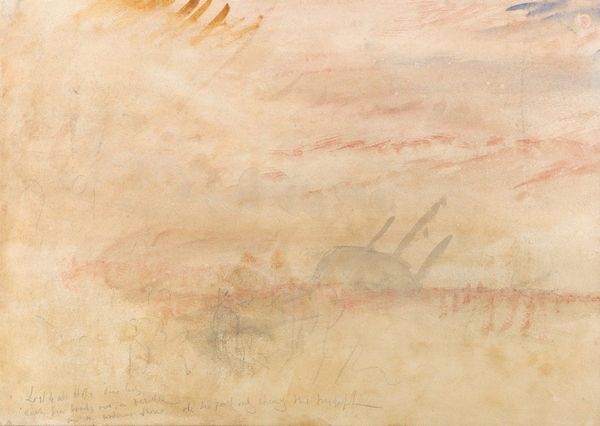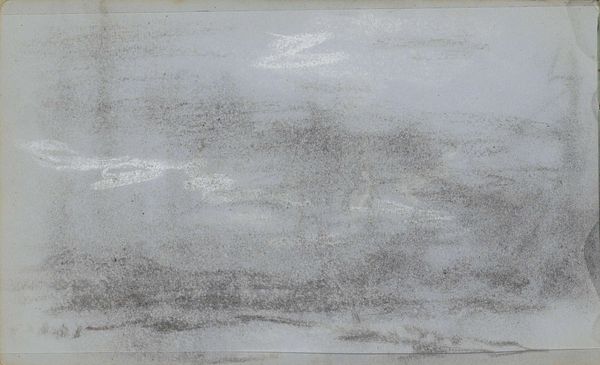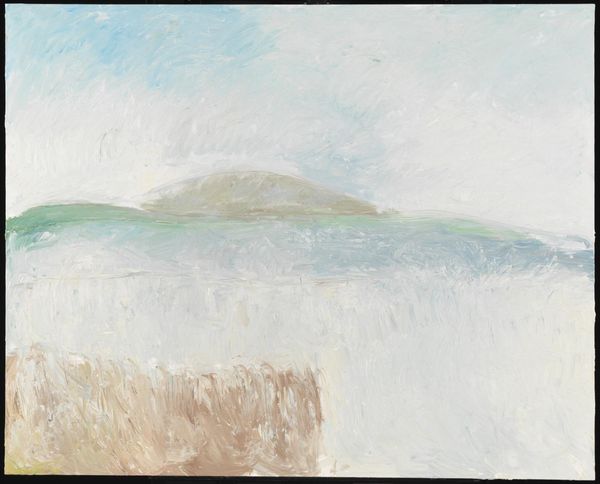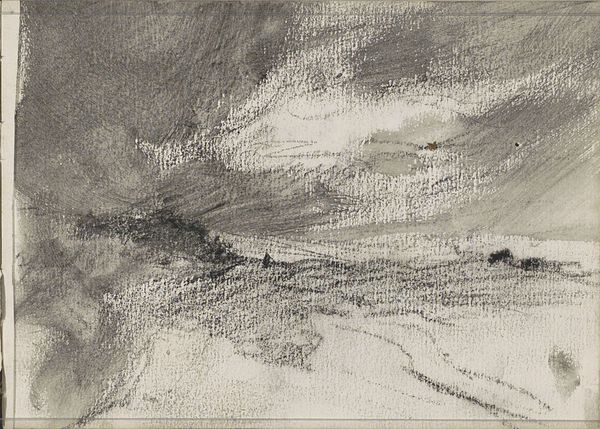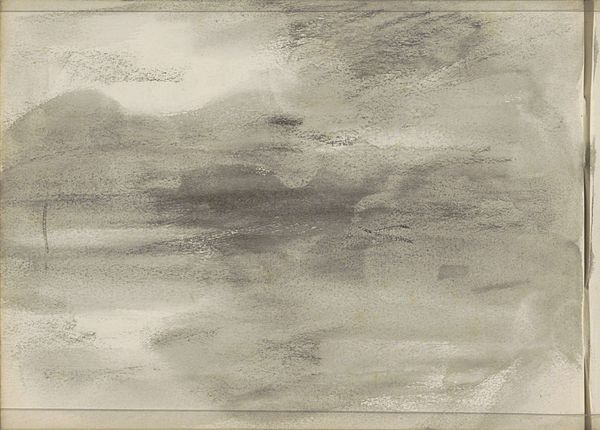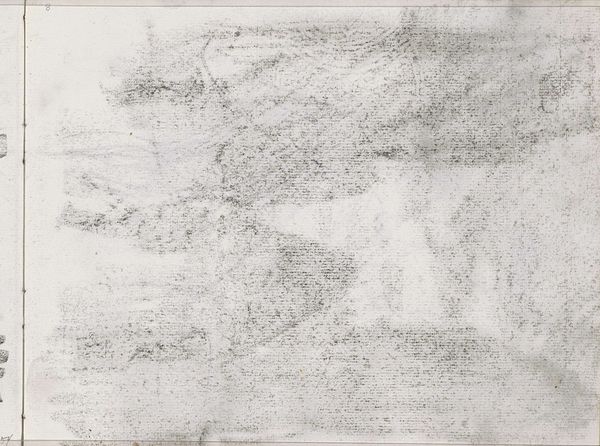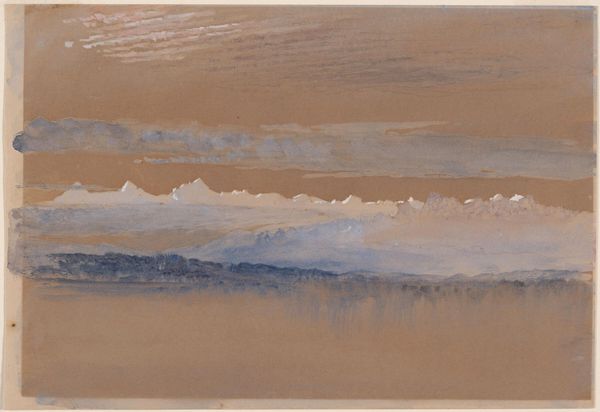
Copyright: Constantin Flondor,Fair Use
Constantin Flondor made this painting, Plânsu-mi-s-a (I), with oil on cardboard. It reflects a subtle but powerful engagement with the cultural and political landscape of Romania. The inscription, "in esteston lui Mihail Eminescu", which translates to "in the extasis of Mihail Eminescu", directs us to look at the image through the lens of Romanian literary history, invoking the country's most celebrated poet. Mihail Eminescu's work frequently explored themes of national identity and cultural heritage, but also social critique. Flondor's choice to engage with Eminescu is therefore significant, positioning the painting within a broader conversation about Romanian culture. The work seems to evoke a melancholic mood. This mirrors the way that cultural and artistic expression was used to challenge and subvert dominant narratives during a time of political repression in Romania. By tracing such references and allusions, we can uncover the complex ways in which art serves as a form of cultural commentary and resistance.
Comments
No comments
Be the first to comment and join the conversation on the ultimate creative platform.
